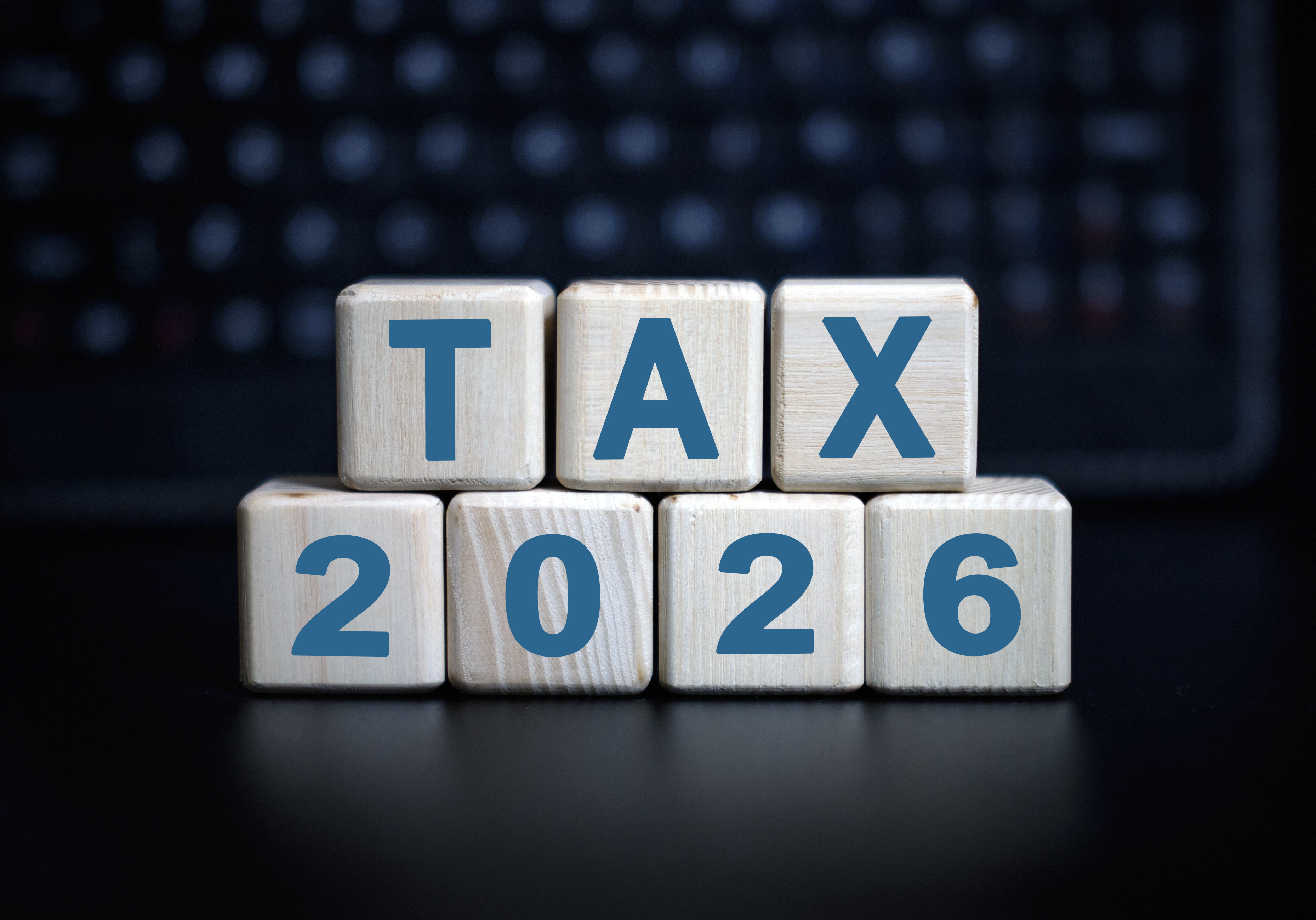Retirees, Avoid These 5 Costly RMD Mistakes
The rules for required minimum distributions from your retirement savings plans are complicated. Making one or more of these errors could cost you a bundle.

I will have to start taking required minimum distributions from my IRAs and 401(k) accounts soon, and I want to do everything right. What are some common RMD mistakes I should avoid?
Use Our Tool: What Is My IRA Required Minimum Distribution?
You need to start taking required minimum distributions from your traditional IRAs and 401(k)s after you turn age 70½. The required withdrawals are based on the balance in your accounts as of December 31 of the previous year and your average life expectancy according to the IRS (see the life-expectancy tables at the end of IRS Publication 590; most people should use Table III).
The rules are complicated, and it’s easy to make mistakes that could have expensive consequences. Here are five RMD mistakes to avoid.
From just $107.88 $24.99 for Kiplinger Personal Finance
Become a smarter, better informed investor. Subscribe from just $107.88 $24.99, plus get up to 4 Special Issues

Sign up for Kiplinger’s Free Newsletters
Profit and prosper with the best of expert advice on investing, taxes, retirement, personal finance and more - straight to your e-mail.
Profit and prosper with the best of expert advice - straight to your e-mail.
1. Taking your RMDs at the wrong time. You have to start taking required minimum distributions from your traditional IRAs and 401(k)s after you turn 70½ (except for a current employer’s plan if you’re still working). You generally have to take your RMD by December 31, but you have a grace period for the first year, which extends the deadline for your first RMD until April 1 of the following year.
You’ll have to take your second RMD by the end of that second year, too. Taking two RMDs in the same year could bump some of your income into a higher tax bracket and make you subject to the Medicare high-income surcharge (if your adjusted gross income is higher than $85,000 if single or $170,000 if married filing jointly) or cause more of your Social Security benefits to be taxable. Be careful before delaying that first RMD, and don’t forget to take the second one. If you miss the deadline, you could face a tax penalty of 50% of the amount you should have withdrawn.
2. Not planning for RMDs in advance. Having to take a big required minimum distribution could bump some of your money into a higher tax bracket and may have a ripple effect on other areas of your finances. With planning, you may be able to reduce the amount of money you have to withdraw. Converting some money from traditional IRAs to a Roth over several years can give you more control over the tax bracket – for example, converting an amount that would place you at the top of your tax bracket starting several years before you turn age 70½, so you’ll need to withdraw less money when you have to take your RMDs. Conversions made after age 70½ won’t reduce your required distribution in the year you convert – you have to take your RMD for the year before you make the conversion -- but they will affect future RMDs. You may also be able to reduce your RMDs by rolling some money over into a qualified longevity annuity contract (QLAC). You can now invest up to 25% of your IRA account balance (or $125,000, whichever is less) in these special annuities without having to take RMDs on that money.
3. Not understanding the special RMD rules if you’re still working. If you’re still working after 70½, you generally don’t need to take RMDs from your current employer’s 401(k), but you do need to start taking RMDs from your IRAs and previous employers’ 401(k)s. You’ll need to start taking RMDs from your current employer’s plan after you stop working.
4. Not knowing the difference between the IRA and 401(k) calculations. If you have several traditional IRAs, the required minimum distributions are calculated separately for each IRA but can be withdrawn from any of your traditional IRA accounts. But if you have several 401(k) accounts, the amount must be calculated for each 401(k) and withdrawn separately from each account. For this reason, some 401(k) administrators calculate your required distribution and send it to you automatically if you haven’t withdrawn the money by a certain date, but IRA administrators may not automatically distribute the money from your IRAs.
5. Not specifying which investments to tap. Some IRA or 401(k) administrators automatically take the RMD money pro rata from each of your investments unless you specify otherwise, and they could end up selling stocks or funds at a loss to make your payment. It’s a good idea to shift some money into a fixed investment ahead of time, such as a money market or stable-value fund, to prepare for your required minimum distributions, and ask your administrator to tap that account.
SEE ALSO: 10 Reasons You Will Never Retire
Profit and prosper with the best of Kiplinger's advice on investing, taxes, retirement, personal finance and much more. Delivered daily. Enter your email in the box and click Sign Me Up.

As the "Ask Kim" columnist for Kiplinger's Personal Finance, Lankford receives hundreds of personal finance questions from readers every month. She is the author of Rescue Your Financial Life (McGraw-Hill, 2003), The Insurance Maze: How You Can Save Money on Insurance -- and Still Get the Coverage You Need (Kaplan, 2006), Kiplinger's Ask Kim for Money Smart Solutions (Kaplan, 2007) and The Kiplinger/BBB Personal Finance Guide for Military Families. She is frequently featured as a financial expert on television and radio, including NBC's Today Show, CNN, CNBC and National Public Radio.
-
 Stocks See First Back-to-Back Losses of 2026: Stock Market Today
Stocks See First Back-to-Back Losses of 2026: Stock Market TodayRising geopolitical worries and a continued sell off in financial stocks kept pressure on the main indexes on Wednesday.
-
 Countries That Will Pay You to Move: Cash Grants, Incentives and What to Know
Countries That Will Pay You to Move: Cash Grants, Incentives and What to KnowExplore real relocation incentives — from cash grants and tax breaks to startup funding — that make moving abroad or to smaller towns more affordable and rewarding.
-
 Mortgage Protection Insurance: What It Covers and When It Makes Sense
Mortgage Protection Insurance: What It Covers and When It Makes SenseHow mortgage protection insurance works, what it costs, and when it’s actually useful in a financial plan.
-
 New 2026 Tax Change Could Mean More for Your IRA and 401(k) Savings
New 2026 Tax Change Could Mean More for Your IRA and 401(k) SavingsRetirement Savings Here's how the new IRS inflation adjustments will increase the contribution limits for your 401(k) and IRA in the new year.
-
 10 Retirement Tax Plan Moves to Make Before December 31
10 Retirement Tax Plan Moves to Make Before December 31Retirement Taxes Proactively reviewing your health coverage, RMDs and IRAs can lower retirement taxes in 2025 and 2026. Here’s how.
-
 Claiming the Standard Deduction? Here Are Five Tax Breaks for Retirement in 2025
Claiming the Standard Deduction? Here Are Five Tax Breaks for Retirement in 2025Tax Tips If you’re retired and filing taxes, these five tax credits and deductions could provide thousands in relief (if you qualify).
-
 IRS Names Its First CEO: But He’s Also Still Running Social Security
IRS Names Its First CEO: But He’s Also Still Running Social SecurityTax News Will this new role make it difficult to address emerging issues like budget and staffing cuts and customer service concerns?
-
 IRS Phasing Out Paper Checks: Here's What to Know in 2026
IRS Phasing Out Paper Checks: Here's What to Know in 2026Tax Changes IRS tax refunds and Social Security paper checks are typically delivered online now. Will that impact your money?
-
 Ask the Editor, September 12: Tax Questions on 529 Plan Rollovers to a Roth IRA
Ask the Editor, September 12: Tax Questions on 529 Plan Rollovers to a Roth IRAAsk the Editor In this week's Ask the Editor Q&A, we answer four questions from readers on transferring 529 plan money to a Roth IRA.
-
 Ask the Editor, August 29: Tax Questions on Estate and Gift Taxes
Ask the Editor, August 29: Tax Questions on Estate and Gift TaxesAsk the Editor In this week's Ask the Editor Q&A, we answer questions from readers on estate and gift taxes.
-
 Will You Get a ‘Surprise’ Tax Bill on Your Social Security Benefits in Retirement?
Will You Get a ‘Surprise’ Tax Bill on Your Social Security Benefits in Retirement?Retirement Taxes Social Security benefit payments might land you in hot water when filing 2025 taxes — here are three reasons why.